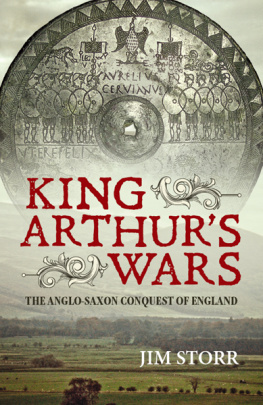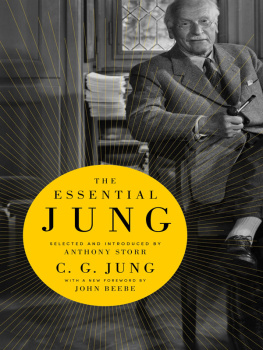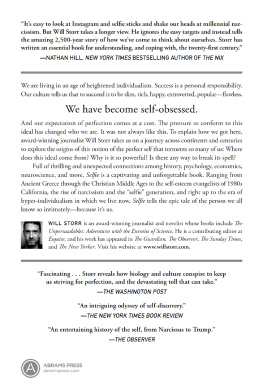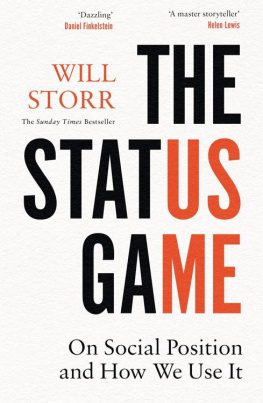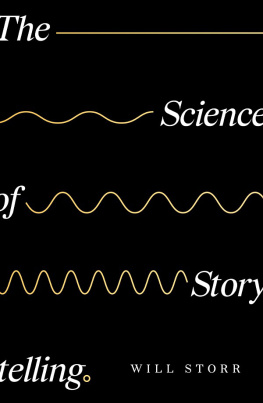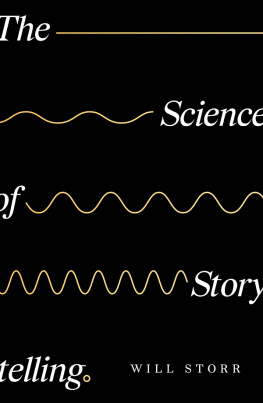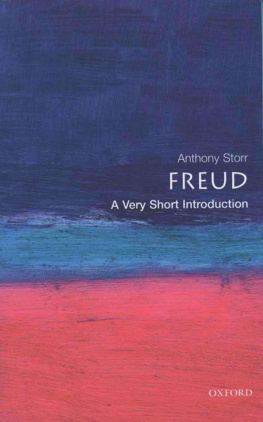Jim Storr - The Human Face of War
Here you can read online Jim Storr - The Human Face of War full text of the book (entire story) in english for free. Download pdf and epub, get meaning, cover and reviews about this ebook. year: 2011, publisher: A&C Black, genre: Science. Description of the work, (preface) as well as reviews are available. Best literature library LitArk.com created for fans of good reading and offers a wide selection of genres:
Romance novel
Science fiction
Adventure
Detective
Science
History
Home and family
Prose
Art
Politics
Computer
Non-fiction
Religion
Business
Children
Humor
Choose a favorite category and find really read worthwhile books. Enjoy immersion in the world of imagination, feel the emotions of the characters or learn something new for yourself, make an fascinating discovery.

The Human Face of War: summary, description and annotation
We offer to read an annotation, description, summary or preface (depends on what the author of the book "The Human Face of War" wrote himself). If you haven't found the necessary information about the book — write in the comments, we will try to find it.
The Human Face of War — read online for free the complete book (whole text) full work
Below is the text of the book, divided by pages. System saving the place of the last page read, allows you to conveniently read the book "The Human Face of War" online for free, without having to search again every time where you left off. Put a bookmark, and you can go to the page where you finished reading at any time.
Font size:
Interval:
Bookmark:
THE HUMAN FACE OF WAR
OTHER BOOKS IN THE SERIES
Militarised Landscapes
British Army in Battle and Its Image 191418
Red Coat, Green Machine
Jim Storr has a portfolio career in the defence sector. His expertise lies in the linkage of military concepts, doctrine, history, technology and human behaviour. His main areas of work are consultancy, teaching, writing and research. He is a frequent speaker at international conferences.
Dr Storr was an army officer for 25 years. He served in Britain, Germany, the Falklands, Northern Ireland, Cyprus and Canada. He wrote the British Armys current high-level tactical doctrine, and its analyses of warfighting operations in Iraq in 2003 and in Northern Ireland since 1969.
He holds a PhD, a masters degree in defence technology, and a first degree in civil engineering. He is a visiting fellow of Cranfield and Birmingham Universities.
Series Editor: Gary Sheffield, Professor of War Studies, University of Birmingham.
Series Associate Editor: Dan Todman, Senior Lecturer, Queen Mary, University of London.
Jim Storr
BIRMINGHAM WAR STUDIES SERIES
Series edited by Professor Gary Sheffield
and Dr Don Todman

Contents
Figures
To
Private Thomas Atkins
No 6 Troop, 6th Dragoons
and others like him
AAA | Anti-Aircraft Artillery. |
AFV | Armoured Fighting Vehicle. |
ATGW | Antitank Guided Missile. |
BAOR | British Army of the Rhine. |
BATUS | British Army Training Unit, Suffield (Canada). |
BEF | British Expeditionary Force. |
CAS | Close Air Support. |
CGS | Chief of the General Staff. |
CIGS | Chief of the Imperial General Staff. |
C.-in-C. | Commander in Chief. |
CO | Commanding Officer. |
COS | Chief of Staff. |
CP | Command Post. |
CPD | Continuing Professional Development. |
CSS | Combat Service Support: medical and logistic support. |
C2 | Command and Control. |
DERA CDA | Defence Evaluation and Research Agency Centre for Defence Analysis. |
DSO | Distinguished Service Order. |
EBO | Effects-Based Operations. |
EW | Electronic Warfare. |
FIBUA | Fighting in Built-Up Areas. |
FM | Field Marshal. |
FOO | Forward (artillery) Observation Officer. |
GI | General Infantryman. |
GOC | General Officer Commanding. |
GST | General Systems Theory. |
HA | Historic Analysis. |
HB(A) | Army Historical Branch. The name of a former branch of the British MoD. |
HE | High Explosive. |
HESH | High Explosive, Squash Head. |
HQ | Headquarters. |
IR | International Relations. |
LMG | Light Machine Gun. |
MBTI | MyersBriggs Type Indicator. |
MC | Military Cross. |
MG | Machine Gun. |
MoD | Ministry of Defence. |
NCO | Non-Commissioned Officer. |
NEC | Network-Enabled Capability. |
OA | Operational Analysis. |
OAS | Offensive Air Support. |
OODA | Observation, Orientation, Decision and Action as in the OODA Loop. |
PWO | Principal Warfare Officer. |
RHA | Royal Horse Artillery. |
SAM | Surface-to-Air Missile. |
TA | Territorial Army. |
TOW | US BGM 71 long-range ATGW system. The acronym stands for Tube launched, Optically tracked, Wire guided, but the system is universally referred to as TOW. |
VC | Victoria Cross. |
VE | Victory in Europe. VE Day was 8 May 1945. |
2ic | Second in Command. |
This is a book about warfare; the conduct of war. It is neither a comfortable subject nor a comfortable read. Its author continually challenges some of the assumptions which surrounded him for almost 25 years of soldiering. He is remorseless in his slaughter of loose thought, unsubstantiated argument and ill-defined belief, and suggests that part of the doctrine with which he was closely involved in the latter stages of his career is characterized by lack of intellectual rigour and sloppy use of English. For instance, he says of the Boyd Cycle the process of ObservationOrientationDecisionAction sometimes called the OODA loop that to generalize about formation-level C2 from aircraft design is tenuous, to say the least. He warns us that we should expect more from military thought than a jumble of poorly described phenomena shot though by apparent paradox, and stresses that, whatever the virtues of classical theorists like Carl von Clausewitz or Sun Tzu, we need to understand them better if we can hope to assess their contemporary relevance. In which other discipline so vital to mans existence, he wonders, would we grant almost divine reverence to one long-dead German? His clear thought was much admired by his colleagues, though his determination to apply the humane killer to the occasional sacred cow led to one senior officer to describe him as about as popular as an Old Testament prophet.
One of the authors many strengths is his ability to place warfare in a wider intellectual context, with frequent references to engineering, medicine and General Systems Theory. His experience urges him to strike practical warnings: so it may be true, he tells us, and it might appear simple. That does not make it easy. Many of the truths he identifies are indeed fundamental. He reminds us that we should attack the enemys will with speed and surprise, but points out that, paradoxically, the process of making decisions and issuing orders from large and complex modern headquarters has actually slowed their pace of activity. Plans which are inherently successive rather than simultaneous, tend, even when they succeed, to be slower and more costly for the victor than schemes which generate genuinely simultaneous activity. He emphasizes the importance of the prompt focusing of combat power, and points to the close relationship between military structures and their ability to generate this power on the battlefield. Tactical decisions must be made quickly, and need to be about right: good-ish decisions made speedily tend to beat perfect decisions made late.
Jim Storr agrees with Sir Michael Howard that doctrine is often a poor guide to the opening clashes of major conflicts: what counts is the ability to transform it in a timely and effective manner. The British Army has a patchy track-record in its selection of senior commanders at the beginning of big wars, and thus finds itself needing to change both doctrine and its leadership at a time of urgent crisis. I yield to no one in my admiration for the army, but share the authors suspicion that its culture may not yet have evolved to the point where his concerns about the performance of its leaders in conflict are simply a matter of benevolent historical reflection.
Next pageFont size:
Interval:
Bookmark:
Similar books «The Human Face of War»
Look at similar books to The Human Face of War. We have selected literature similar in name and meaning in the hope of providing readers with more options to find new, interesting, not yet read works.
Discussion, reviews of the book The Human Face of War and just readers' own opinions. Leave your comments, write what you think about the work, its meaning or the main characters. Specify what exactly you liked and what you didn't like, and why you think so.

